Trigonometric identities problem solving is a cornerstone of mathematics, often used in calculus, physics, and engineering. Trigonometric problems test our understanding of these identities and their application in solving complex equations. This blog post centers around a classic trigonometric problem, illustrating how to find the value of ##\sin^3 \theta + \cos^3 \theta## given ##\sin \theta + \cos \theta = \frac{5}{4}##. The following steps will guide you through the detailed solution.
Table of Contents
- Understanding the Given Trigonometric Equation
- Solving for ##\sin^3 \theta + \cos^3 \theta##
- Similar Problems and Quick Solutions
- Problem 1: If ##\sin x + \cos x = \sqrt{2}##, find ##\sin x \cos x##
- Problem 2: Given ##\sin A – \cos A = 0.5##, find ##\sin^2 A + \cos^2 A##
- Problem 3: If ##\sin \alpha + \cos \alpha = 1##, find ##\sin^4 \alpha + \cos^4 \alpha##
- Problem 4: If ##\sin x + \cos x = 1.2##, find ##\sin x \cos x##
- Problem 5: Solve for x: ##\sin x = \cos x##
Read More
Let’s explore a classic trigonometric problem. This particular problem provides an excellent opportunity to practice and deepen our understanding of trigonometric identities. We will use the given equation to determine the value of ## sin^3 \theta + \cos^3 \theta##. Let’s delve into the problem-solving process, ensuring each step is clearly explained. We’ll start with the basic given condition and then manipulate it to get to the final answer. This journey will involve a few key trigonometric identities.
Understanding the Given Trigonometric Equation
The problem begins with ##\sin \theta + \cos \theta = \frac{5}{4}##. This equation gives us a direct relationship between the sine and cosine of an angle. The initial step is to recognize that this equation can be squared to introduce terms like ##\sin^2 \theta## and ##\cos^2 \theta##, which are related by the fundamental trigonometric identity. This is the initial step towards solving the problem.
By squaring both sides of the equation, we can create a new equation that includes ##\sin^2 \theta##, ##\cos^2 \theta##, and a cross-term involving the product of sine and cosine. This strategic manipulation is fundamental to progressing toward the target expression, ##\sin^3 \theta + \cos^3 \theta##, which we’re trying to find. This initial step is crucial for simplifying the expression.
Solving for ##\sin^3 \theta + \cos^3 \theta##
Step 1: Squaring the Equation
Square both sides of ##\sin \theta + \cos \theta = \frac{5}{4}##:
##(\sin \theta + \cos \theta)^2 = (\frac{5}{4})^2##.
Expanding the left side gives ##\sin^2 \theta + 2 \sin \theta \cos \theta + \cos^2 \theta = \frac{25}{16}##.
Using the identity ##\sin^2 \theta + \cos^2 \theta = 1##, we simplify further.
Simplifying the squared equation leads to: ##1 + 2 \sin \theta \cos \theta = \frac{25}{16}##.
From here, we can isolate the product of ##\sin \theta \cos \theta##. This product is a key component in relating the given equation to the final expression we are trying to find. Solving for this product is essential.
Step 2: Finding ##\sin \theta \cos \theta##
Rearranging the equation ##1 + 2 \sin \theta \cos \theta = \frac{25}{16}##,
we get ##2 \sin \theta \cos \theta = \frac{25}{16} – 1 = \frac{9}{16}##.
Therefore, ##\sin \theta \cos \theta = \frac{9}{32}##.
This value is crucial, as it helps connect the sum of sine and cosine with the sum of their cubes.
The product ##\sin \theta \cos \theta = \frac{9}{32}## is now known. We now utilize the identity ##\sin^3 \theta + \cos^3 \theta = (\sin \theta + \cos \theta)(\sin^2 \theta – \sin \theta \cos \theta + \cos^2 \theta)##. Substituting the known values into this identity will give us the final solution. This identity provides the direct path to the solution.
Final Solution
Using the identity ##\sin^3 \theta + \cos^3 \theta = (\sin \theta + \cos \theta)(\sin^2 \theta – \sin \theta \cos \theta + \cos^2 \theta)##, and knowing ##\sin \theta + \cos \theta = \frac{5}{4}## and ##\sin \theta \cos \theta = \frac{9}{32}##, and ##\sin^2 \theta + \cos^2 \theta = 1##,
we get ##\sin^3 \theta + \cos^3 \theta = \frac{5}{4}(1 – \frac{9}{32})##.
Therefore, ##\sin^3 \theta + \cos^3 \theta = \frac{5}{4} \times \frac{23}{32} = \frac{115}{128}##.
The final result is ##\frac{115}{128}##. This value is the solution to the given trigonometric problem, demonstrating the application of trigonometric identities and algebraic manipulations.
Similar Problems and Quick Solutions
Problem 1: If ##\sin x + \cos x = \sqrt{2}##, find ##\sin x \cos x##
Solution: ##\sin x \cos x = 0##
Problem 2: Given ##\sin A – \cos A = 0.5##, find ##\sin^2 A + \cos^2 A##
Solution: ##1##
Problem 3: If ##\sin \alpha + \cos \alpha = 1##, find ##\sin^4 \alpha + \cos^4 \alpha##
Solution: ##0.5##
Problem 4: If ##\sin x + \cos x = 1.2##, find ##\sin x \cos x##
Solution: ##\sin x \cos x = -\frac{11}{50}##
Problem 5: Solve for x: ##\sin x = \cos x##
Solution: ##x = \frac{\pi}{4} + n\pi##, where n is an integer
| Step | Action | Result |
|---|---|---|
| 1 | Given: ##\sin \theta + \cos \theta = \frac{5}{4}## | Initial Condition |
| 2 | Square both sides: ##(\sin \theta + \cos \theta)^2 = (\frac{5}{4})^2## | ##\sin^2 \theta + 2 \sin \theta \cos \theta + \cos^2 \theta = \frac{25}{16}## |
| 3 | Use identity ##\sin^2 \theta + \cos^2 \theta = 1## | ##1 + 2 \sin \theta \cos \theta = \frac{25}{16}## |
| 4 | Solve for ##\sin \theta \cos \theta## | ##\sin \theta \cos \theta = \frac{9}{32}## |
| 5 | Use identity ##\sin^3 \theta + \cos^3 \theta = (\sin \theta + \cos \theta)(\sin^2 \theta – \sin \theta \cos \theta + \cos^2 \theta)## | ##\frac{5}{4}(1 – \frac{9}{32})## |
| 6 | Final Result | ##\frac{115}{128}## |
We also Published
RESOURCES
- List of trigonometric identities – Wikipedia
- Trigonometric Identities
- What are the basic trigonometric identities? | Purplemath
- Trigonometric Identities
- [Trigonometry] I am struggling with Identities. : r/learnmath
- Summary of trigonometric identities
- Someone please help me understand Trigonometric Identities : r …
- Trig Cheat Sheet – Definition of the Trig Functions
- Tips and Tricks for Verifying Trigonometric Identities + Practice …
- Geometric Proofs of Trigonometric Identities | Random Walks
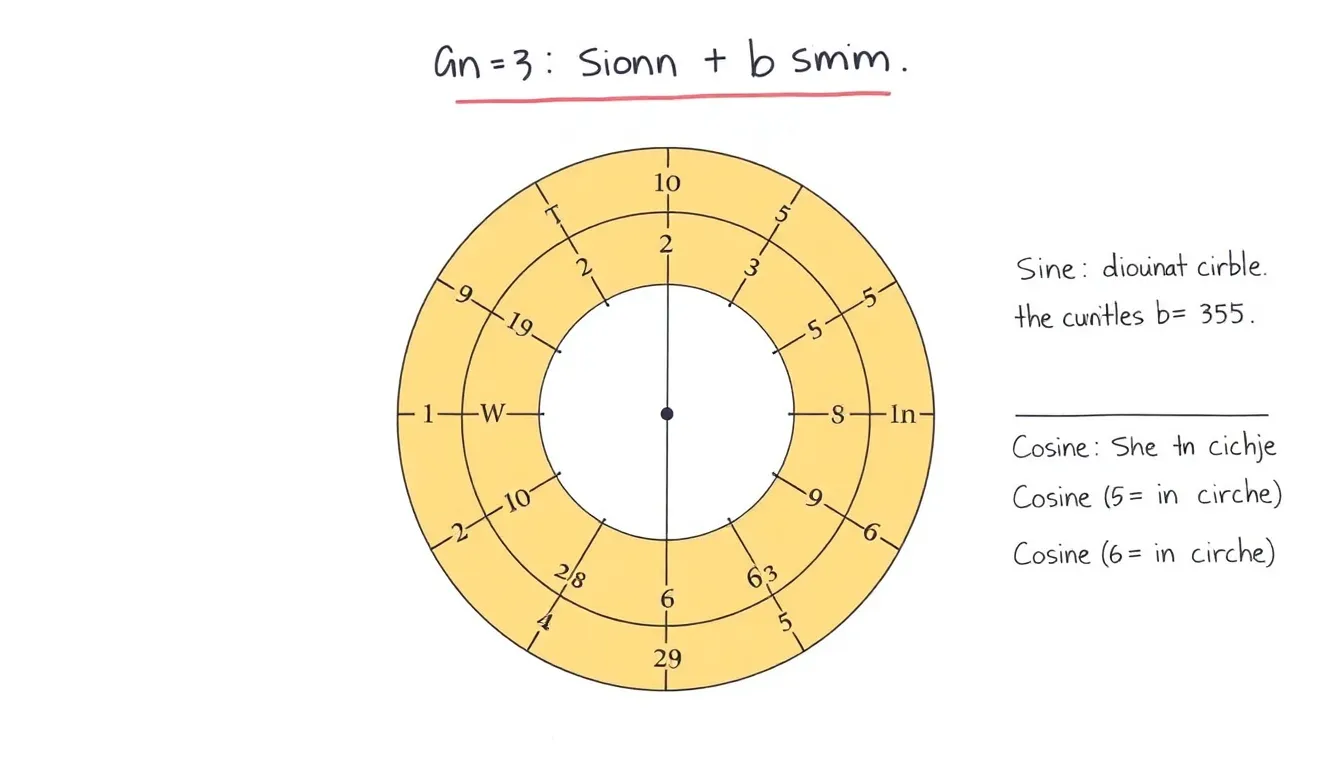
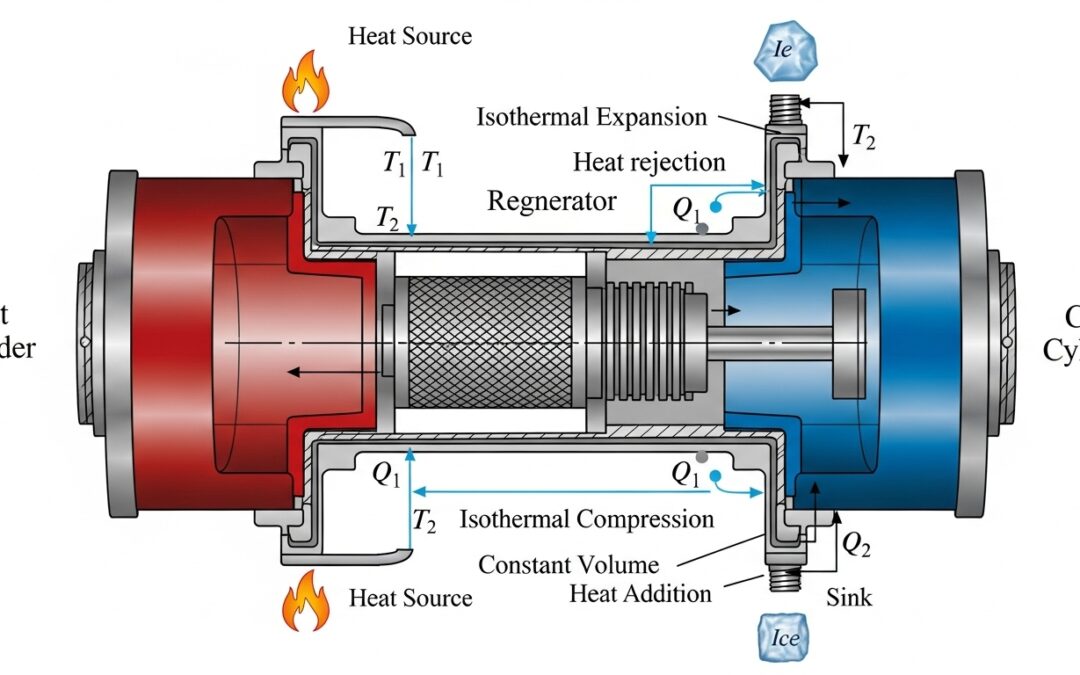


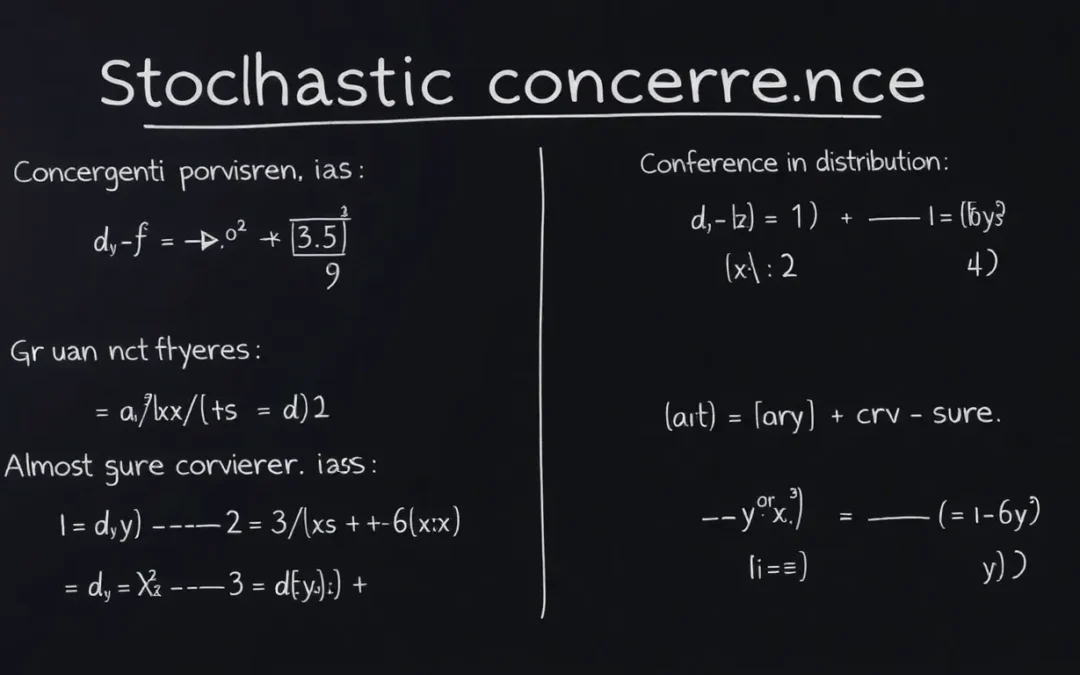
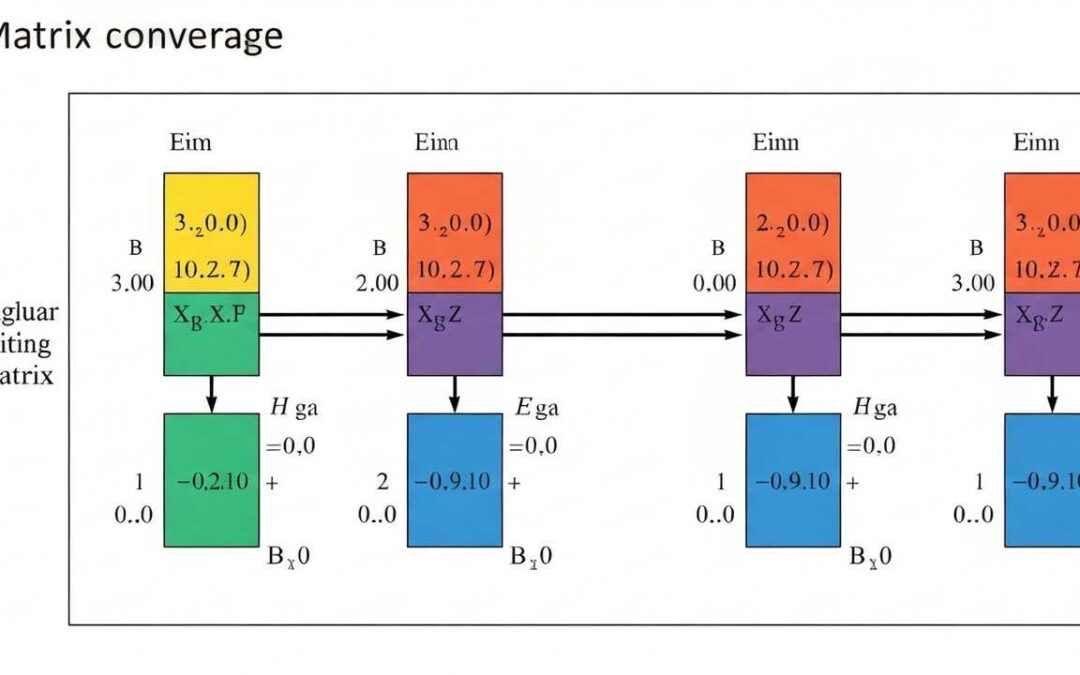
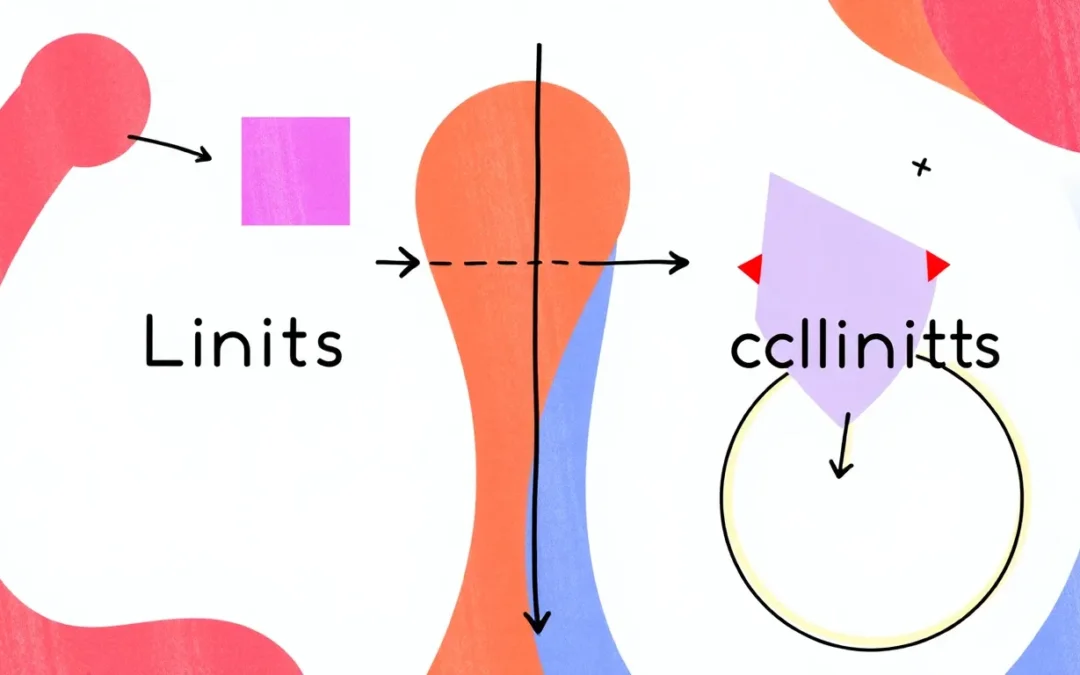
0 Comments